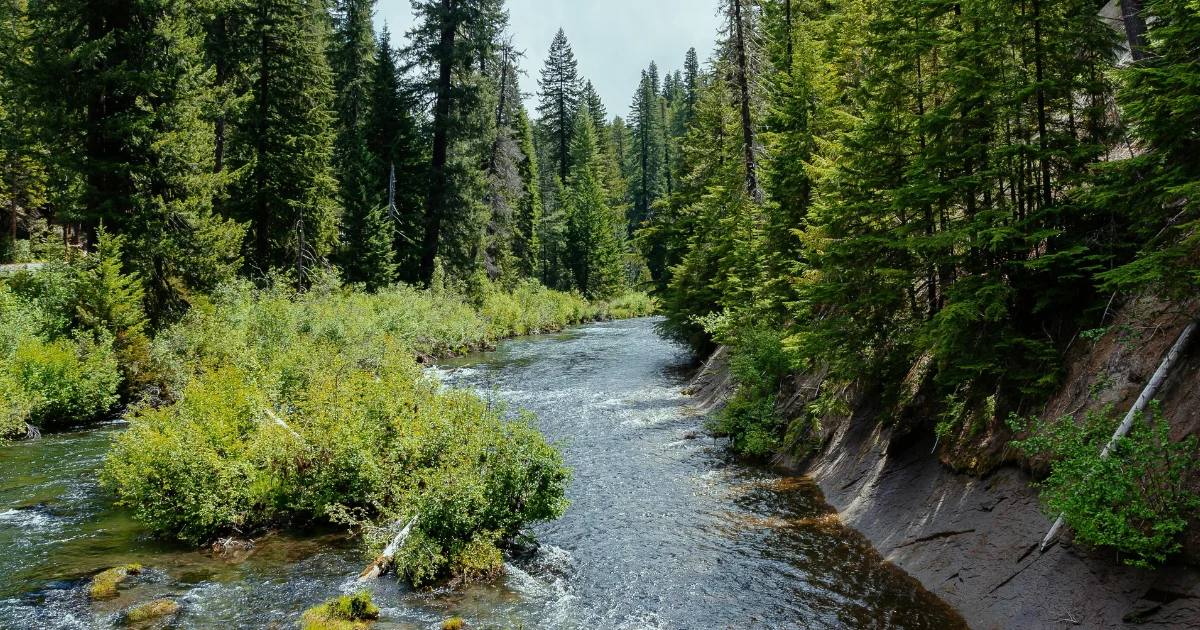Table of Contents
ToggleThe Importance of Reforestation
Reforestation is the process of planting trees in areas where forests have been cut down or destroyed. It plays a crucial role in restoring the environment, improving the climate, and supporting wildlife. This article will explain why reforestation is important and how it benefits our planet.
Combatting Climate Change
One of the main reasons reforestation is important is its role in combating climate change. Trees absorb carbon dioxide (CO₂), a greenhouse gas that contributes to global warming. By planting trees, we can help remove CO₂ from the atmosphere and reduce its harmful effects on the climate.
Example: A single mature tree can absorb about 48 pounds of CO₂ each year. When we plant millions of trees, we can significantly lower the amount of CO₂ in the air.
Restoring Biodiversity
Reforestation helps restore habitats for many plants and animals. When forests are cut down, wildlife loses its home, leading to a decline in biodiversity. By planting trees, we create a safe space for different species to thrive and support a healthy ecosystem.
Example: Reforesting an area can bring back birds, insects, and other wildlife that rely on trees for shelter and food.
Trees help prevent soil erosion, which occurs when the top layer of soil is washed or blown away. This can happen after deforestation, making it harder for plants to grow. Tree roots hold the soil in place, reducing the risk of erosion and keeping the land fertile.
Example: In hilly areas, reforesting can help stabilize the soil, preventing landslides and protecting local farms.
Conserving Water
Forests play a key role in maintaining the water cycle. Trees absorb water from the soil and release it into the atmosphere through a process called transpiration. This process helps create clouds and brings rain, ensuring a stable water supply for surrounding areas.
Example: Reforested areas often have more reliable rainfall, which benefits agriculture and drinking water supplies.
Providing Economic Benefits
Reforestation can create job opportunities and boost local economies. Planting and maintaining trees can provide work for people in rural communities. Additionally, healthy forests can support industries like tourism, recreation, and sustainable timber production.
Example: Eco-tourism, where people visit reforested areas to enjoy nature, can generate income for local communities while promoting environmental conservation.
Improving Air Quality
Trees improve air quality by absorbing pollutants and releasing oxygen. They filter out harmful substances like sulfur dioxide, ammonia, and nitrogen oxides, making the air cleaner and healthier to breathe.
Example: Urban areas with more trees often have better air quality, reducing health problems related to pollution, such as asthma.
Enhancing Aesthetics and Well-being
Reforestation enhances the beauty of landscapes. Green spaces with trees provide recreational areas for people to enjoy, such as parks and hiking trails. Being around nature has been shown to improve mental well-being, reduce stress, and promote physical activity.
Example: Communities with more trees and green spaces often report higher levels of happiness and well-being among residents.
Supporting Local Communities
Reforestation can support indigenous and local communities who depend on forests for their livelihoods. By involving these communities in reforestation efforts, we can ensure that they benefit from the resources provided by healthy forests while preserving their traditional ways of life.
Example: Projects that focus on community-based reforestation help locals grow trees while providing training and resources for sustainable practices.
Relevant post: In impressive trees influence the climate in 2024
Other Relevant: Trees and Climate Change: How Forests Benefit the Climate
Conclusion: A Path to a Healthier Planet
Reforestation is essential for the health of our planet. It helps combat climate change, restores biodiversity, prevents soil erosion, conserves water, provides economic benefits, improves air quality, enhances well-being, and supports local communities. By planting trees and promoting reforestation, we can create a healthier, more sustainable world for future generations.
Every tree planted is a step toward a better environment. Together, we can make a positive impact through reforestation and protect our planet for years to come.





